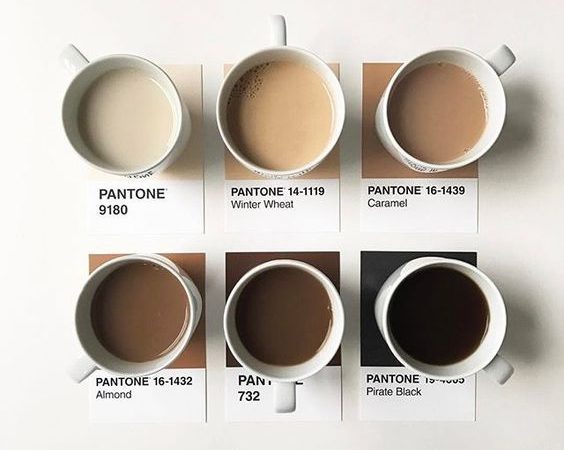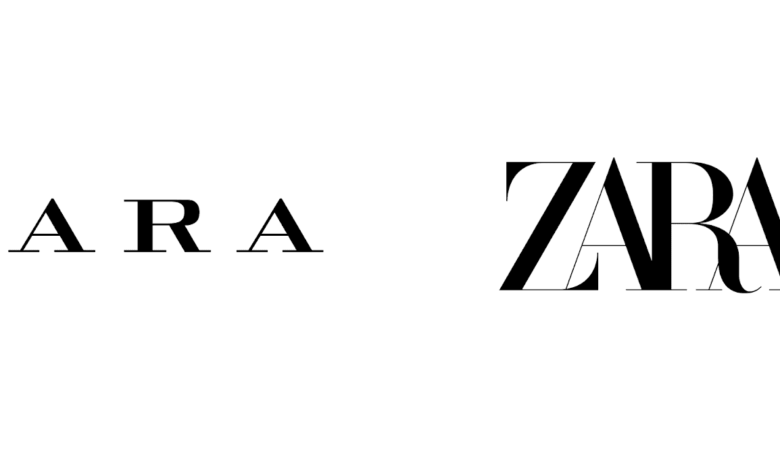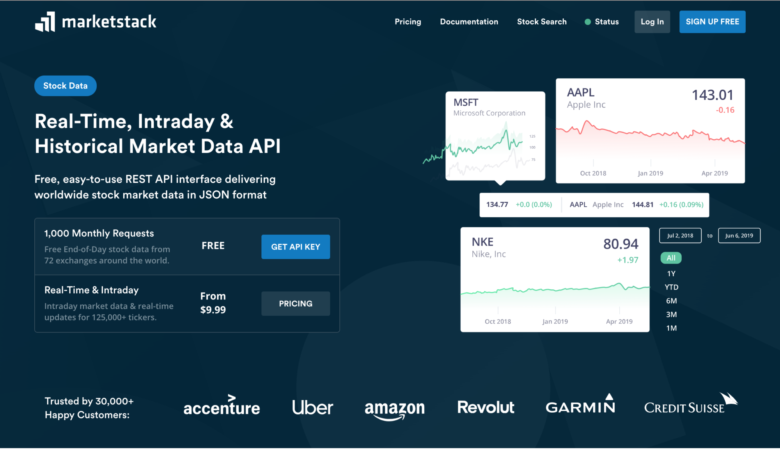A great designer is one who can create great designs long after the latest trends have passed. When in doubt always go back to basics & the fundamentals you learned when starting out. Here are some steps I personally take that have helped me become a better designer. My hope is that this will remind you of the little things we sometimes take for granted. Please feel free to add to the list if you have tips – interacting with the community & sharing the knowledge is what it’s all about.
1 . Trends
Keeping up to date on the latest trends is important – however “trends” does not mean “copy”. Get inspiration and create your own style. See this highly effective post of 2008 Design Trends.
2. Learn & Develop
Great designers are always learning and stay fresh on the latest styles. A great resource for finding specific collections for interface design on the web is PatternTap.
3. Think on Paper
Sketching should be your best friend, especially if your in the beginning stages of a wireframe or even simple list ideas. Getting away from the computer and onto paper gives you less distraction. Check out The Importance of Sketching.

4. White Space
Sometimes less is more. Don’t clutter your designs – readability is key to the success of a website. Minimal or Simplistic does not mean boring. For some great examples check out MinimalSites.
5. Technology / Applications
Keep up on the latest programs in your field (But Don’t Upgrade to CS4!) and if your looking for online training I suggest checking out Lynda.
6. Read
These are some great Magazines I recommend flipping through: .Net, Communication Arts, Computer Arts Magazine

If your having an inspiration block check out: Feeling the need for some Inspiration.
7. Know your Audience
Revisit the original creative brief, just because your designing something you like – doesn’t mean the client will like it. You have to look at the age group and demographic target your trying to reach, all these things are very important and you should take extra steps to not lose site of this.
8. Ask others Opinions
Recently I was redesigning a logo and simply “tweeted” on Twitter. I received over 45 replies as well as in depth detailed comments on my Flickr page where I posted the comps. You don’t have to show everyone either depending on the content, ask a colleague you trust. They may point out problems or errors that didn’t cross your mind.
9. Build a “Toolbox”
I keep a harddrive full of assets, code, old work & forms that I made need to grab someday. I organize it by the type of work (ex. CSS, Flash, Vectors, Forms). When your searching for something while working on a project it’s a lot easier when your organized. Trust me it will save you time!
10. Competition
Take a look at what other web designers are doing. Being aware of what’s happening in your industry is a must. There is not a shortage of gallery sites around but these are the ones I visit most: (https://screenfluent.com/) (https://www.lightondark.com/sites/) (https://bestwebgallery.com/) (https://www.faveup.com/) (https://www.webcreme.com/) (https://www.designbygrid.com/)





This is some really good information. I really like the whole competition part, it goes really well with my article on design research. Sometimes checking those design galleries, gives you a good idea of what other people are doing, and what other people are NOT doing.
Great job!
Thanks Patrick, is your article on design research complete yet? Just want to make sure I didn’t miss it!
One thing I always try to do is look for inspiration outside of your medium, ffffound.com is a great place to see all different types of design work and is a great jumping off point.
I find that by looking at CSS web galleries too much tends to make your stuff look like a direct rip. EXIST outside the grid! I know Patrick loves his grid based design, but you can break out of it!
@Timberooni ffffound is a great resource & I feel there are so many css galleries, yes, however there are only a handful of really awesome ones.
Awesome article Adelle. stumbled for you and tagged on delicious
@Mike thanks so much your always very supportive! I appreciate that
@Jordan thank you!
STUMBLED!
Definitely important to keep up with trends and with new coding and technology.
great article and resources much appreciated.
This is a great summary, thank you.
Love the resources given.
Thanks Geoserv & Vasily.
Great article. Short and to the point. Also good external links added to read further. Thanks for this interesting post! 🙂
@Jaswinder Better pull up a seat & some coffee and catch up on your reading / rss feeds 🙂 Wouldn’t want you to neglect the good stuff!
@Edwin glad you found it interesting and I’m sure the external posts will keep you busy for a short while!
Great post but I’m sure there’s not enough time in a day to do some of these things especially the reading I’m way behind on my rss feeds haven’t even been to https://www.fuelyourcreativity.com/ recently
This post is perfect for one reason: not only does the author talk the talk, he walks the walk. Posting sites, resources, and giving a snippet of your own life’s experiences makes articles like this stand out above the rest. Kudos!
Thanks Tyler! (and thanks for the DM on the “he” mistake) No worries.
Makes me excited to do more of these posts!
Thanks for this roundup. I found it very useful.
Your welcome Daus.
Great article! For me Step 8 is most important and creative for one designer 🙂
Adelle,
Another great article… congrats!
Love the points about “Competition” “Toolbox” and “Minimal Design/White Space”.
I have recently just started recycling resources/code that I have collected for various projects in the past.
Thanks Aaron & zaheto!
This is a great post Adelle Charles. Thanks for defines some brief points about to become a great web designer. Its a useful blog and helps to all designers who is new to this field and enhance our abilities.
https://www.zed-axis.com/
With regard to #2 your readers might also want to check out my elements of design showcase.
Hi Adelle,
Thanks for this resource. We’re always trying to help our design partners with suggestions and resources on design. I’ll be sending them to your site.
I might also suggest that integrating some form of content management system is a good idea. It turns a static website into a communications platform.
Thanks!
http://www.minimalsites.com is recently redesigned. check it out.
thanks a lot for the resource. it’s really helpful.
thanks & regads,
jeevan
Thanks for the nice tips. I especially like the think on paper part. It’s always best to measure twice and cut once.
These are wonderful resources for improving your design skills. Even an advanced designer could benefit from reading these great resources.
Thank you for the information……..
In regards to the first tip in following trends, I’ve noticed that a lot of the mobile sites that are coming out don’t consider the limited space of the medium. I ran across this blog that talks about when you design a mobile site its important to do less.
here.
or here http://www.back40design.com/news/m.blog/22/mobile-website-designers-need-to-do-less
I’m not a web designer. But this article is helpful to work with designer and better understand him.